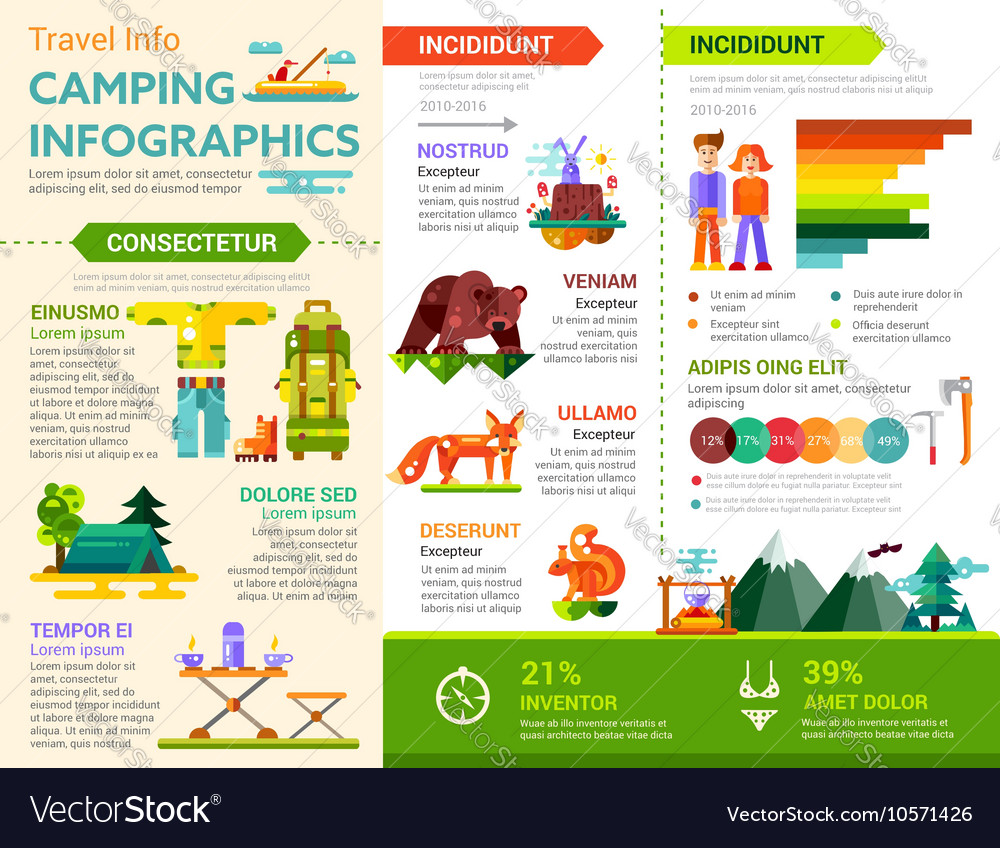The World Is Yours Marketing Your Camping Tents For Online Sales
The World Is Yours Marketing Your Camping Tents For Online Sales
Blog Article
The Background of Bell Tents
From the nomadic tribes of Central Asia to glamping sites around the globe, bell outdoors tents have become a symbol of rustic journey. Their legendary shape and large interiors create an ambiance that is both comfy and majestic.
Do canvas tents need waterproofing?
Their beginnings can be traced to military outdoors tents made by Henry Hopkins Sibley, that patented the cone-shaped canvas shelter in 1856. The layout was based upon the Indigenous American teepee and was developed to be easily constructed, sturdy and mobile.
Origins
The bell tent has actually been a staple for outside lovers since the 19th century. The layout is rooted in armed forces camping tents that saw solution in the Crimean Battle, and later came to be preferred with scout groups throughout America. The American Sibley camping tent was a variant of the European bell tent. Its developer, Henry Hopkins Sibley, took motivation from the Native American tepee when developing his variation. His model included a solitary center post, increased larger wall surfaces and an airing vent cap that allowed smoke from the cooktop to get away.
Today, contemporary canvas bell tents use a sense of deluxe for camping fans and are a prominent choice for glamping hideaways. With a roomy interior and an eye-catching shape, these outdoors tents can be decorated with furniture and style to develop a comfortable and intimate setting for passengers. The circular design also aids with wind resistance and enables flexible indoor designs. The simpler layout with less poles and risks makes it simpler to set up camp and transportation to various places.
Military Usage
The Bell Camping tent was a home-away-from-home for many soldiers in the 18th century. It was made use of on the field of battle in addition to for command centres and field hospitals.
Its ability to be quickly established in a variety of goal situations allowed it to act as a reliable shelter and workspace. Its modular layout implies it can expand or get to fit the requirements of different sized groups and missions.
Furthermore, it can be easily transported making use of a range of lorries and hands-on transport, making it a functional choice for army and rescue operations. Its light-weight, small nature also makes it less complicated for soldiers or rescuers to bring and hike throughout complex surface to reach their mission website. This saves useful time and resources.
Glamping
With the increase of glamping, bell outdoors tents ended up being popular as a lavish camping alternative. Their famous shape creates an enchanting atmosphere and can be fitted with fashionable furnishings to include an additional touch of convenience to your camping experience.
In the 19th century, the armed forces adapted the style to make it extra durable and functional for usage on war zones and explorations. Animal hides were changed by canvas that had been treated with waterproofing agents, making it possible for the bell camping tent to stand up to severe climate condition.
The bell tent's functionality captured the interest of entertainment campers, and it rapidly obtained popularity as a camping tent for camping journeys and other outside occasions. It is now a staple at shop outdoor camping sites, songs festivals, and eco-resorts, where it provides a mix of nostalgia and class.
Layout
The bell outdoor tents's easy layout caught the eye of recreational campers, and it soon came to tent cover be a staple among those who intended to experience the outdoors stylishly. Today, you can find these functional structures in camping sites and at glamping retreats throughout the world.
The initial trademarked variation of the bell tent was established by Henry Hopkins Sibley during the American Civil Battle, drawing motivation from Native American tipis. He integrated a solitary central post, brief side walls, and an aired vent "cap" for smoke from a range to develop his ingenious tent.
Gradually, Sibley's design boosted with the addition of breathable canvas and various other materials that permitted the tent to manage its temperature. Modern bell outdoors tents are made from a range of products, consisting of cotton and mixes with fire resistant material to decrease fire hazards. Their roomy interiors are perfect for preparing furnishings to produce comfortable resting locations and lounge rooms. They are likewise light-weight and simple to set up, making them an excellent selection for newbies or any person seeking a worry-free outdoor camping experience.
Do glamping pods have toilets?
